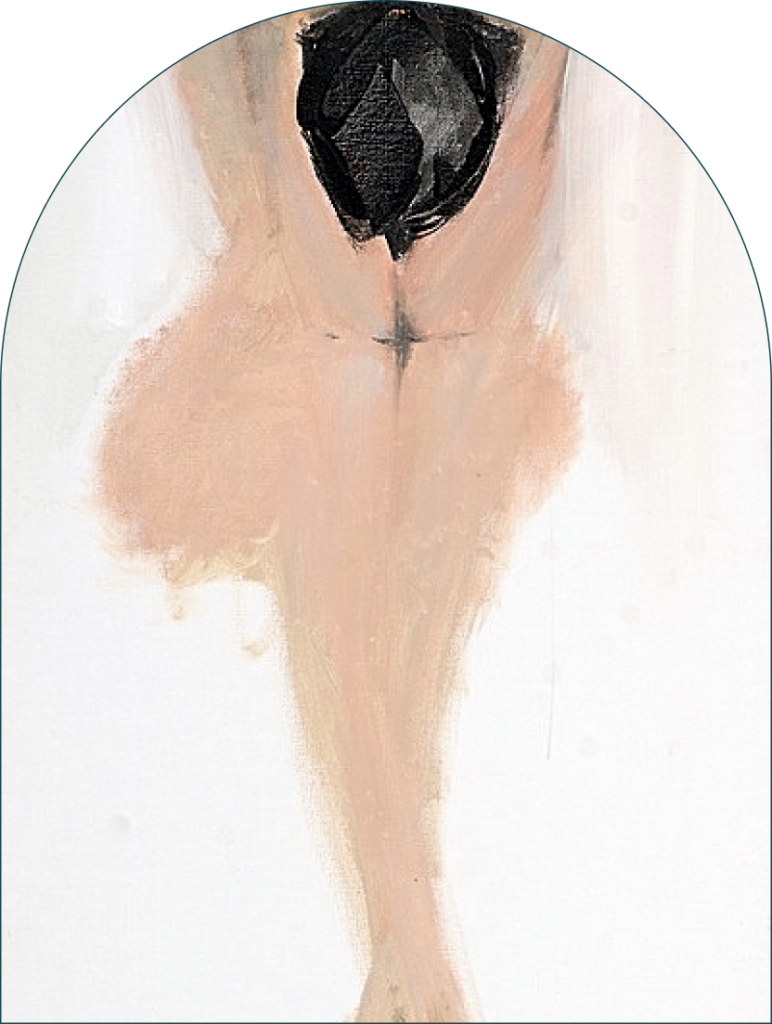
Timur Ernst Akhmedov was born in 1968 in Tashkent, Uzbekistan. Since 1983 until 1987 he has been receiving education at the Art College named after Pavel Benkov. This was followed by further studies at the Academy of Arts of Uzbekistan that Akhmedov has graduated from in 1990. Akhmedov’s mesmerizing, metaphorical and stunning images feature the potent and the enigmatic symbolic language of the folk and the traditional arts, and therefore are abundant in references to divine prototypes and make no distinction between sacred and secular. Ethnic artefacts, patterns and materials, as well as echoes of legends, feature prominently within Akhmedov’s work. These include suzani and Ikat textiles, the emblematic turquoise, mythic royal headgear, crescent-shaped guard daggers and full-bodied clay figurines. Akhmedov’s brushwork and depicted form often evoke tactile and mechanical properties of tribal materials and surfaces, for instance sandalwood and sheepskin, signifying a certain turn to domesticity. In parallel with celebrating the dynamics of life on Earth, Akhmedov explores elevated states of mind and sacred processes such as prayer, enlightenment, meditation and spiritual epiphanies.
Musician Seal, Dr. M.W.J. Smurfit, H.S.H. Prince Albert of Monaco and The Kildare Hotel & Country Club in Ireland are among the collectors of Timur Akhmedov’s artworks.
The artworks are sublime, delicate and characterised by elegance of form, ornate style, occasional warm-hearted humour, sincerity concurrently with mysticism. The artist composes captivating symphonies of colour that generate an illusion of motion and drama, while the outlined figures and objects themselves remain monumental and static, detached and sometimes almost levitating, and, in a way, sanctified. This proposed juxtaposition, in favour of a free-flowing consciousness, articulates moving away from depicting mere action towards seeking the ‘inner sanctuary’ and the metaphysical.
The majority of Akhmedov’s solo and group exhibitions, such as ‘Territory of Myths’ in 1991 at the legendary Ilkhom Theatre in Tashkent, were not based on theoretical concepts but rather were designed as immersive experiences or interactive acts often without a predetermined impact. The award of the prestigious Grand Prix of the International Biennale of Asian Art in 1997 was undoubtedly a pinnacle of his illustrious career.
*required fields
We will process the personal data you have supplied in accordance with our privacy policy (available on request). You can unsubscribe or change your preferences at any time by clicking the link in our emails.